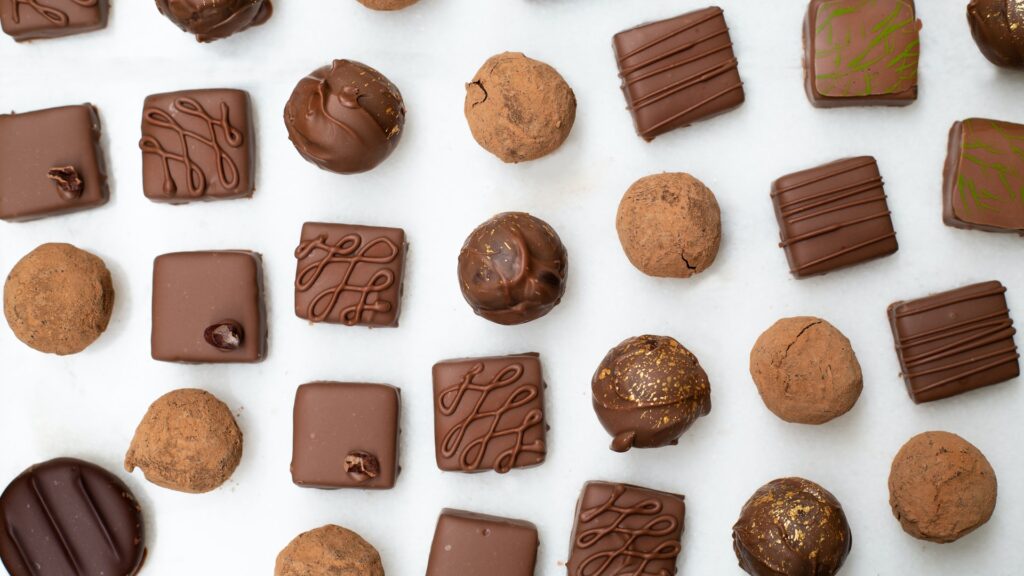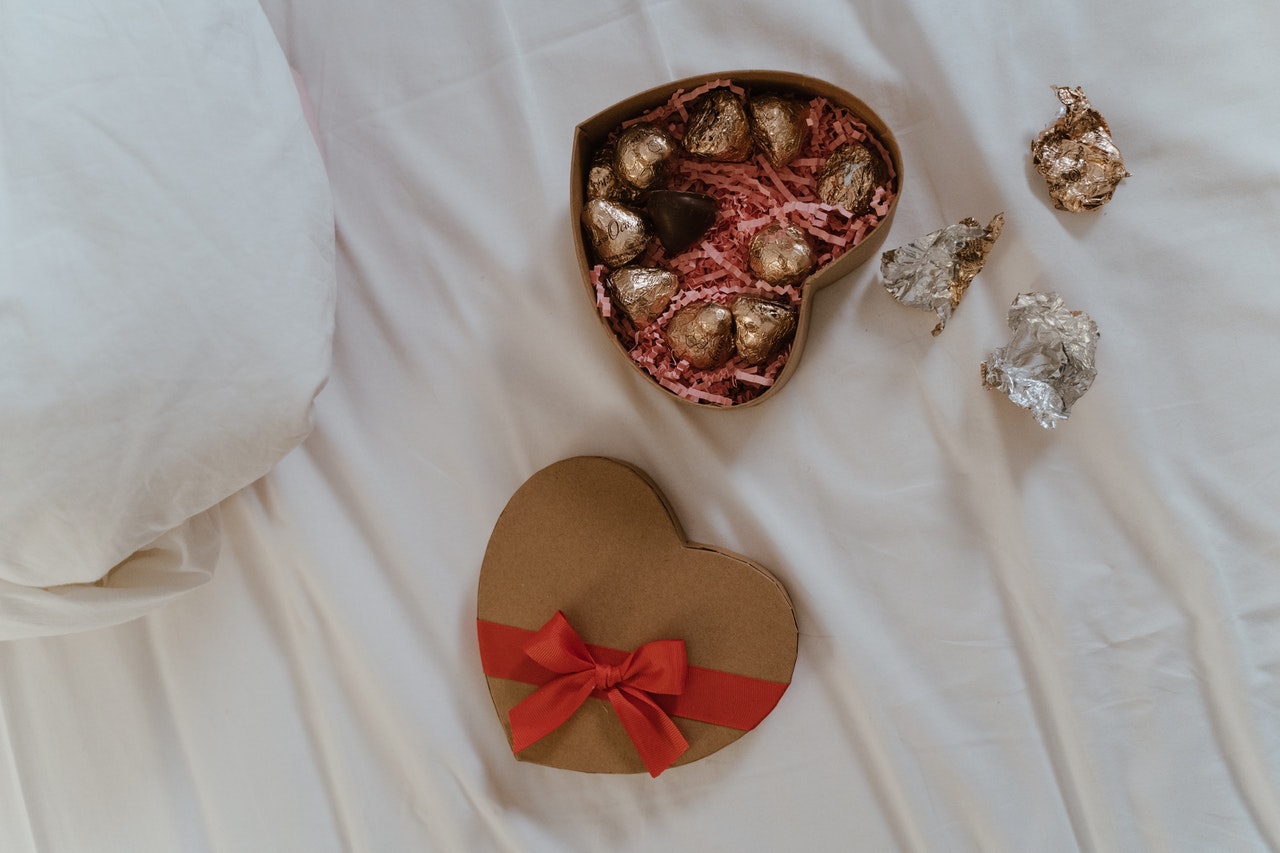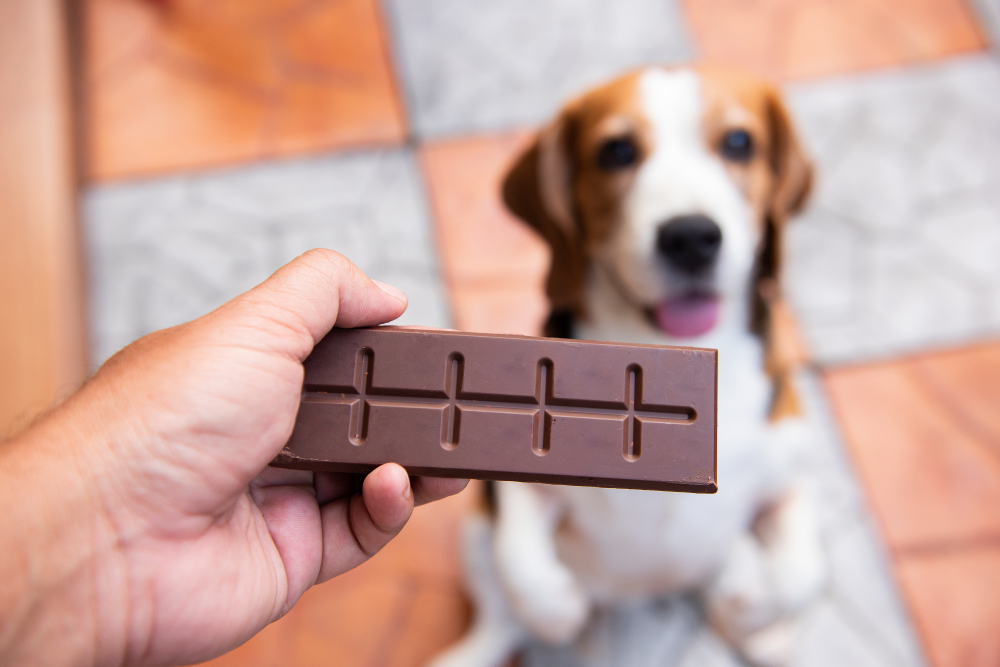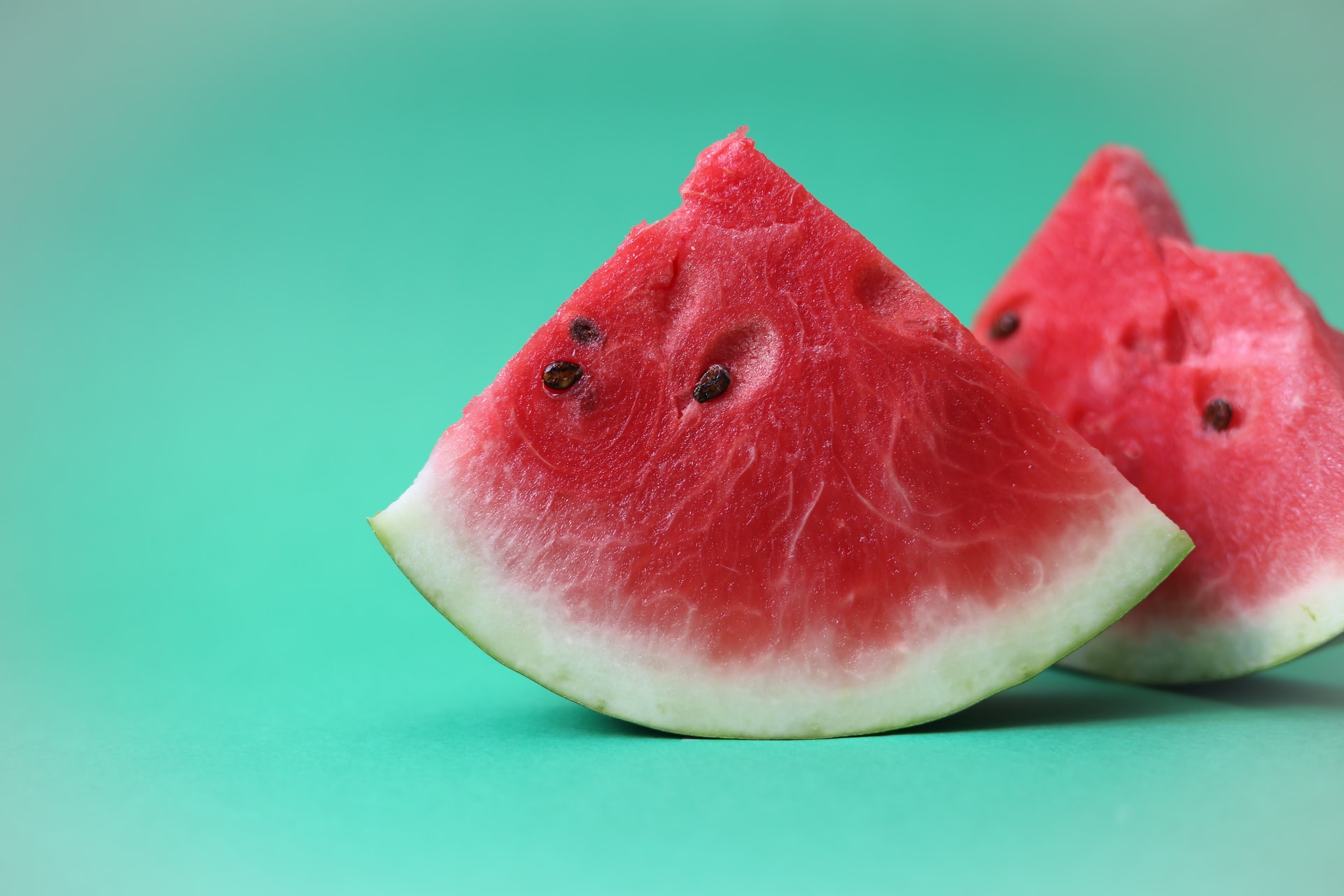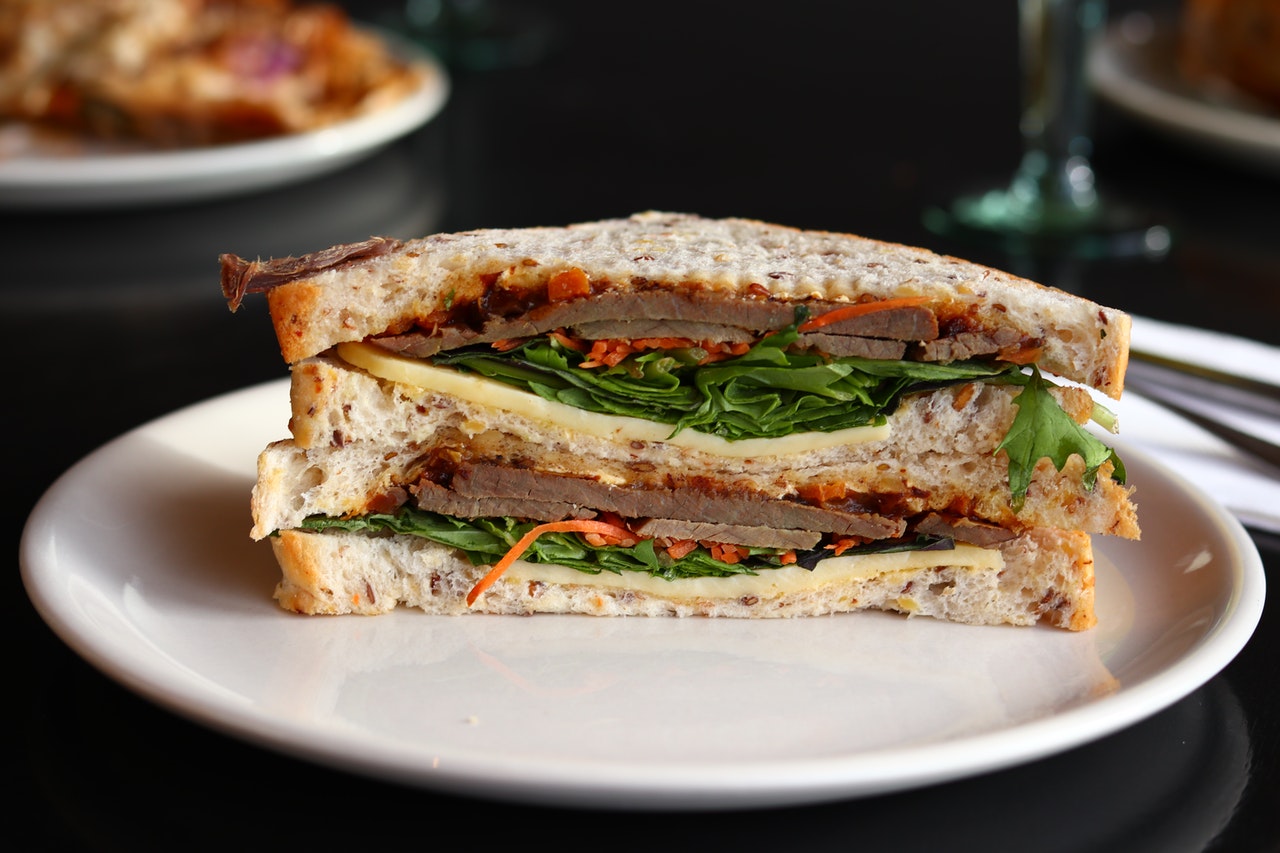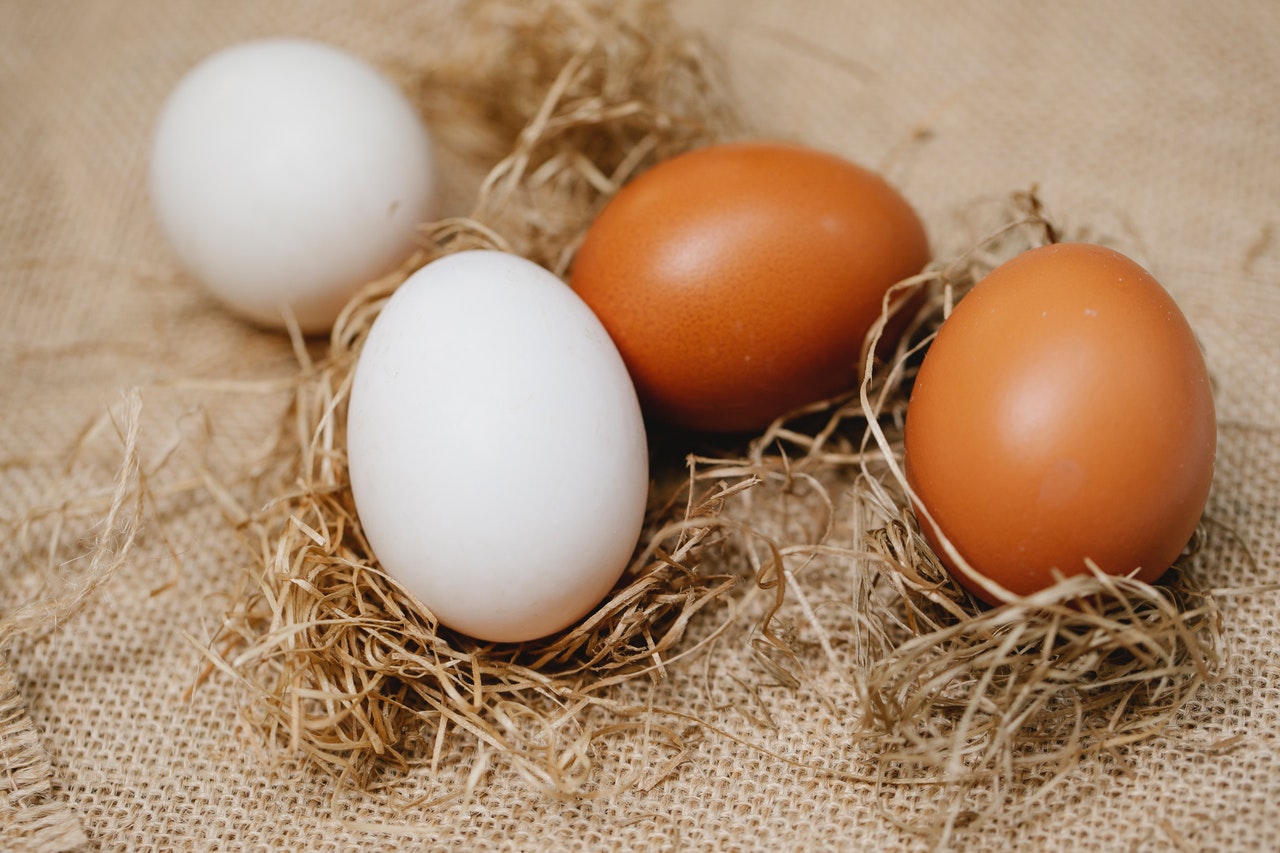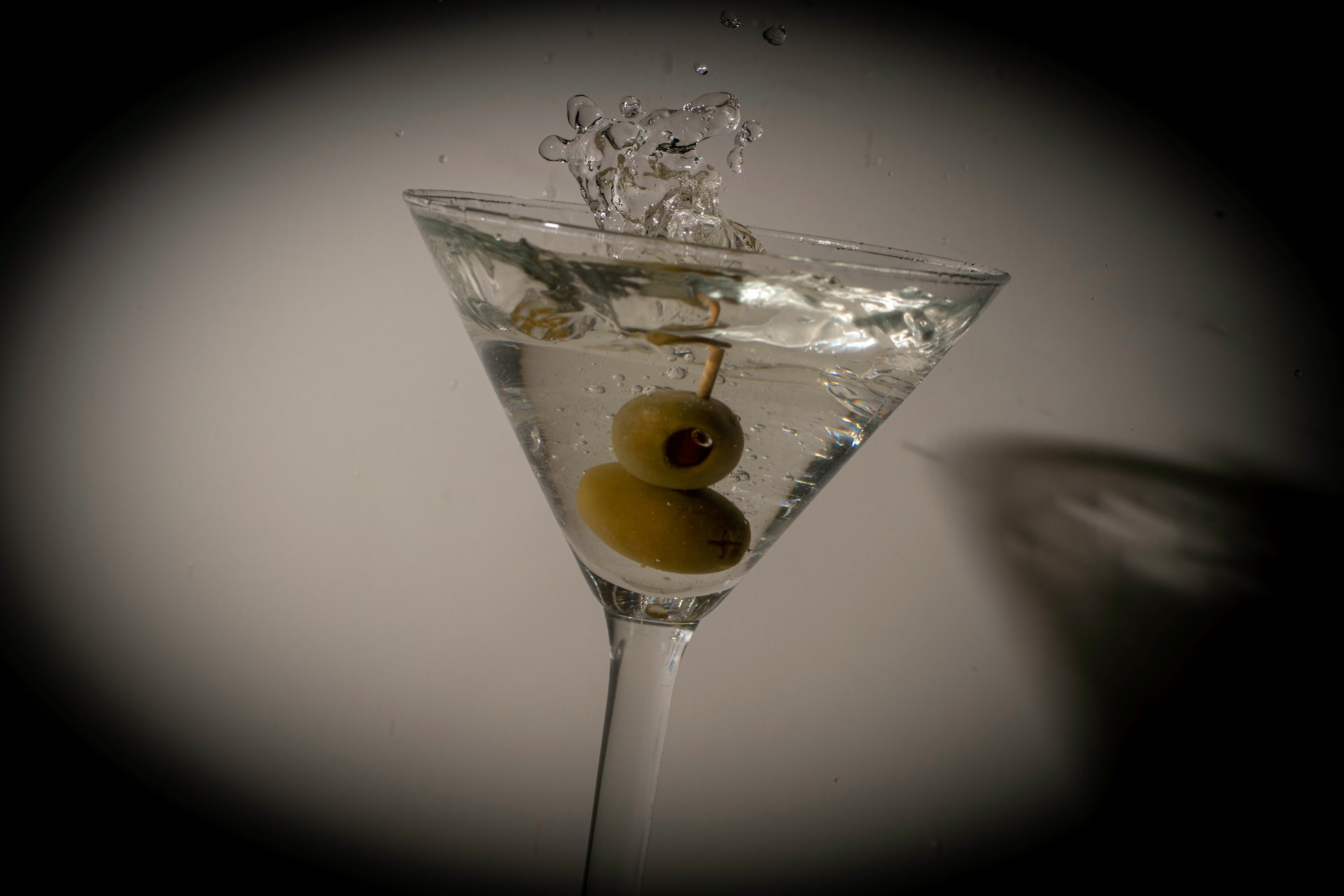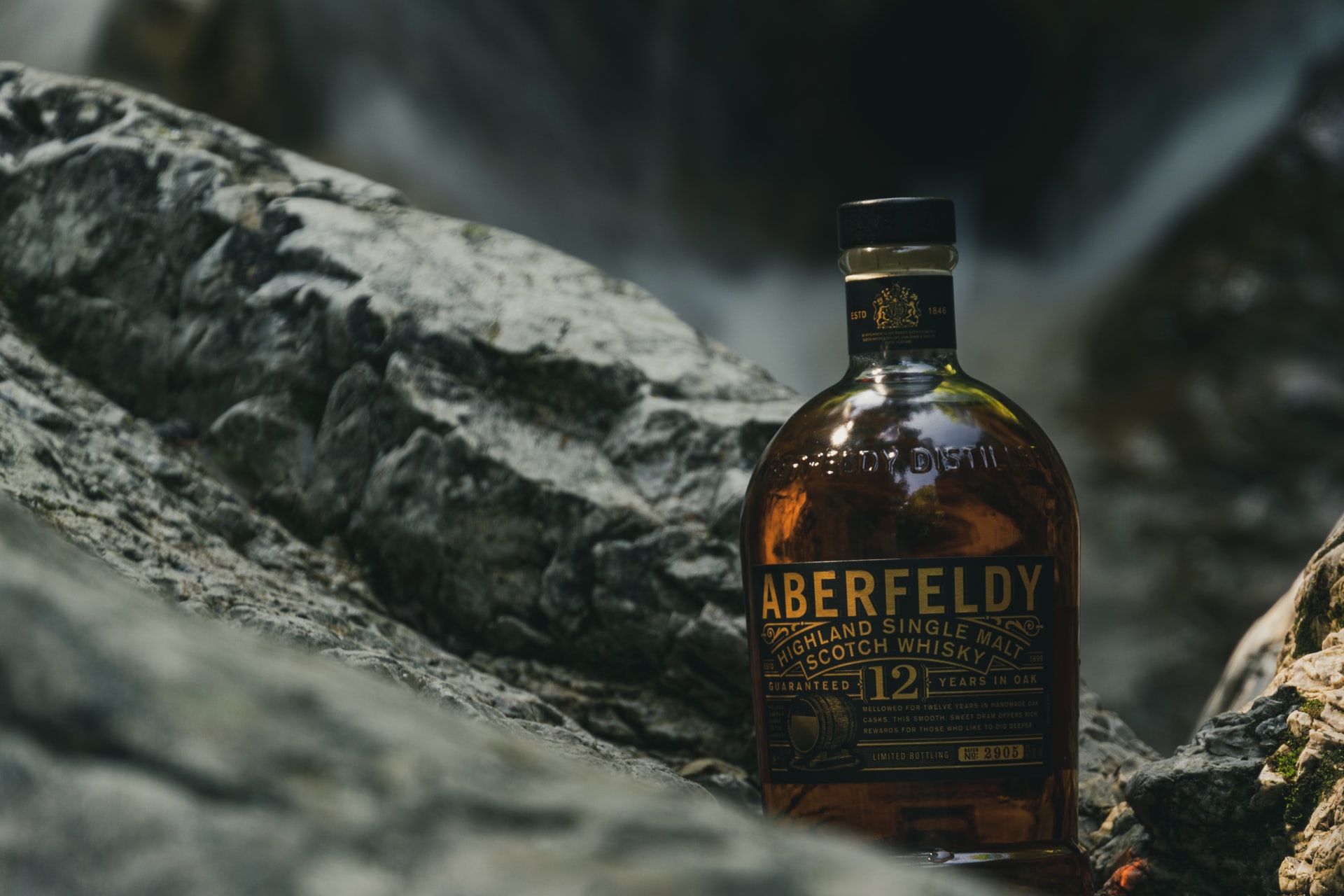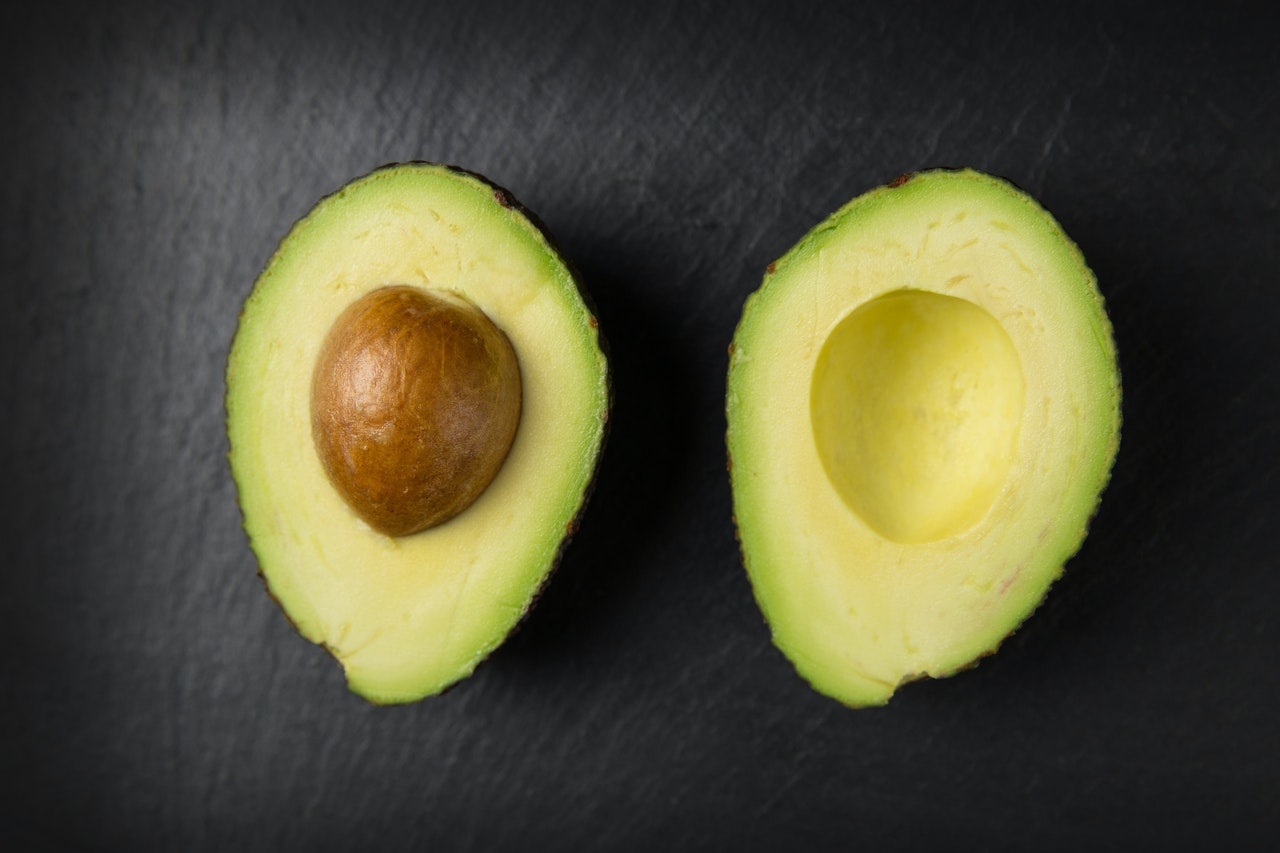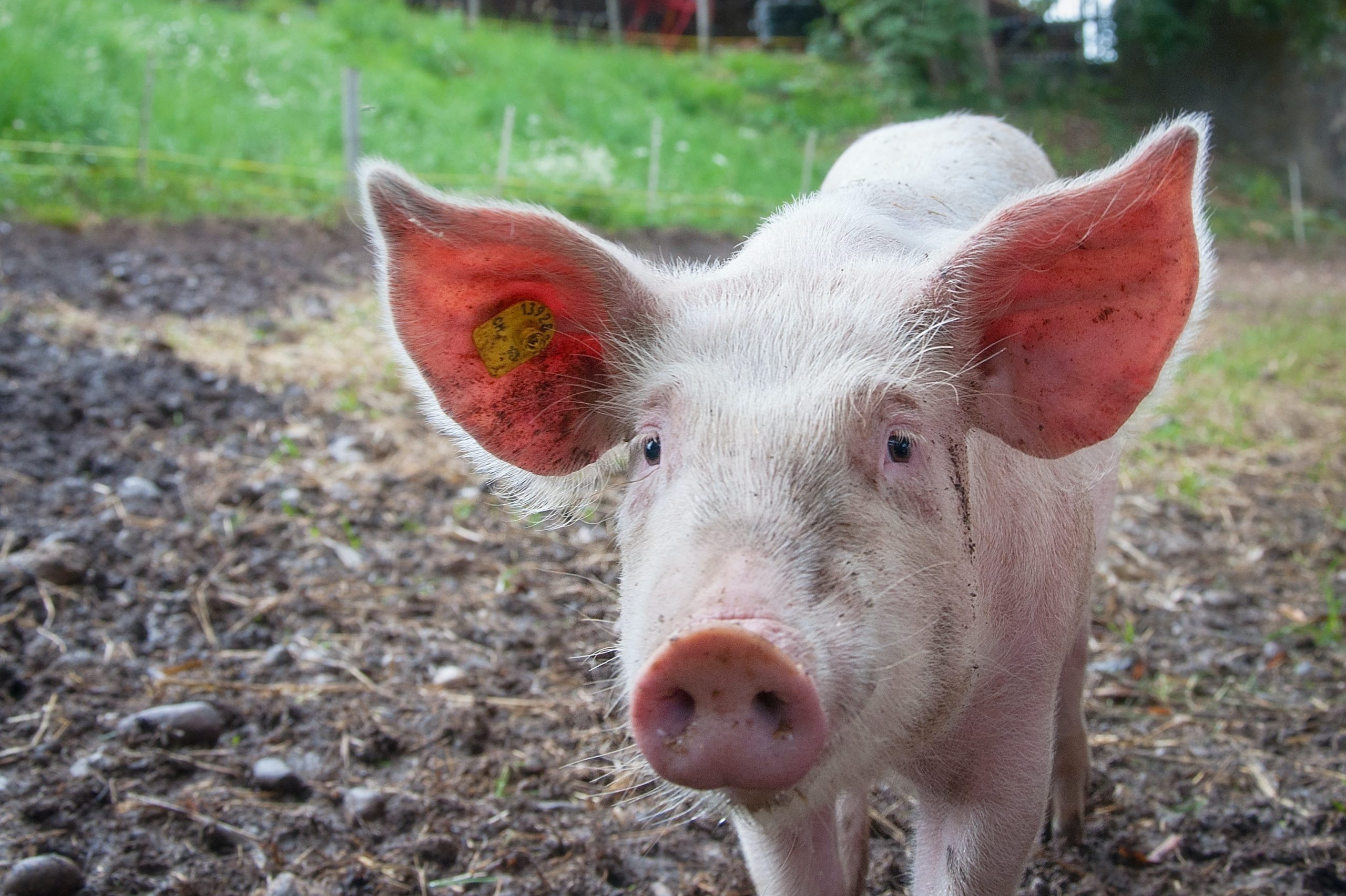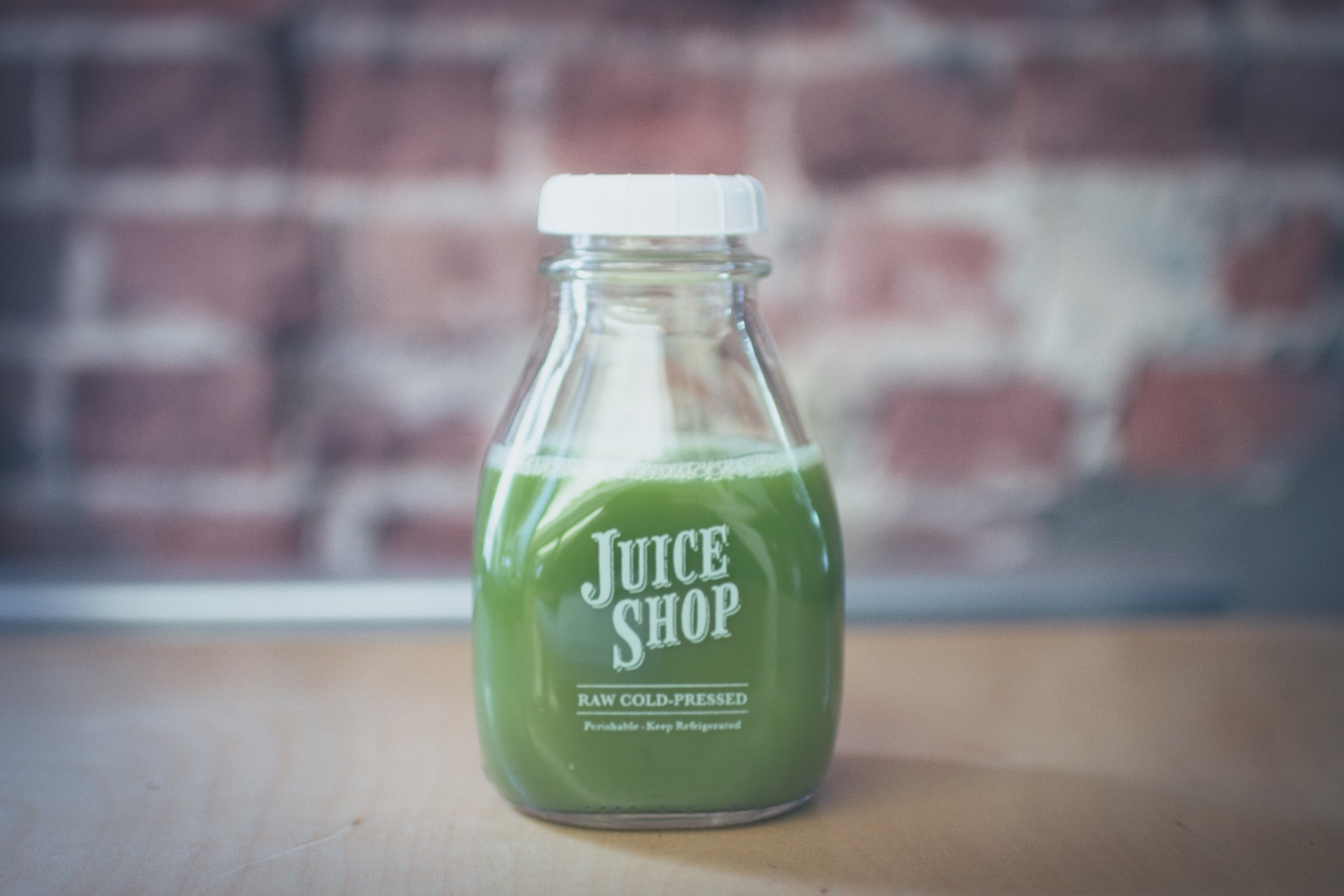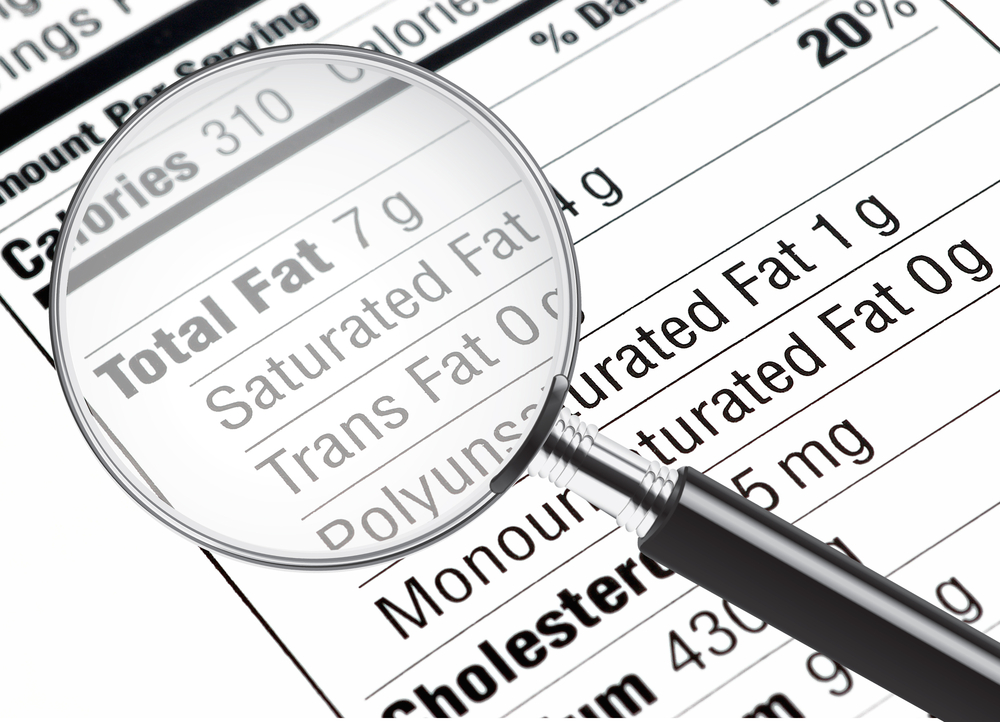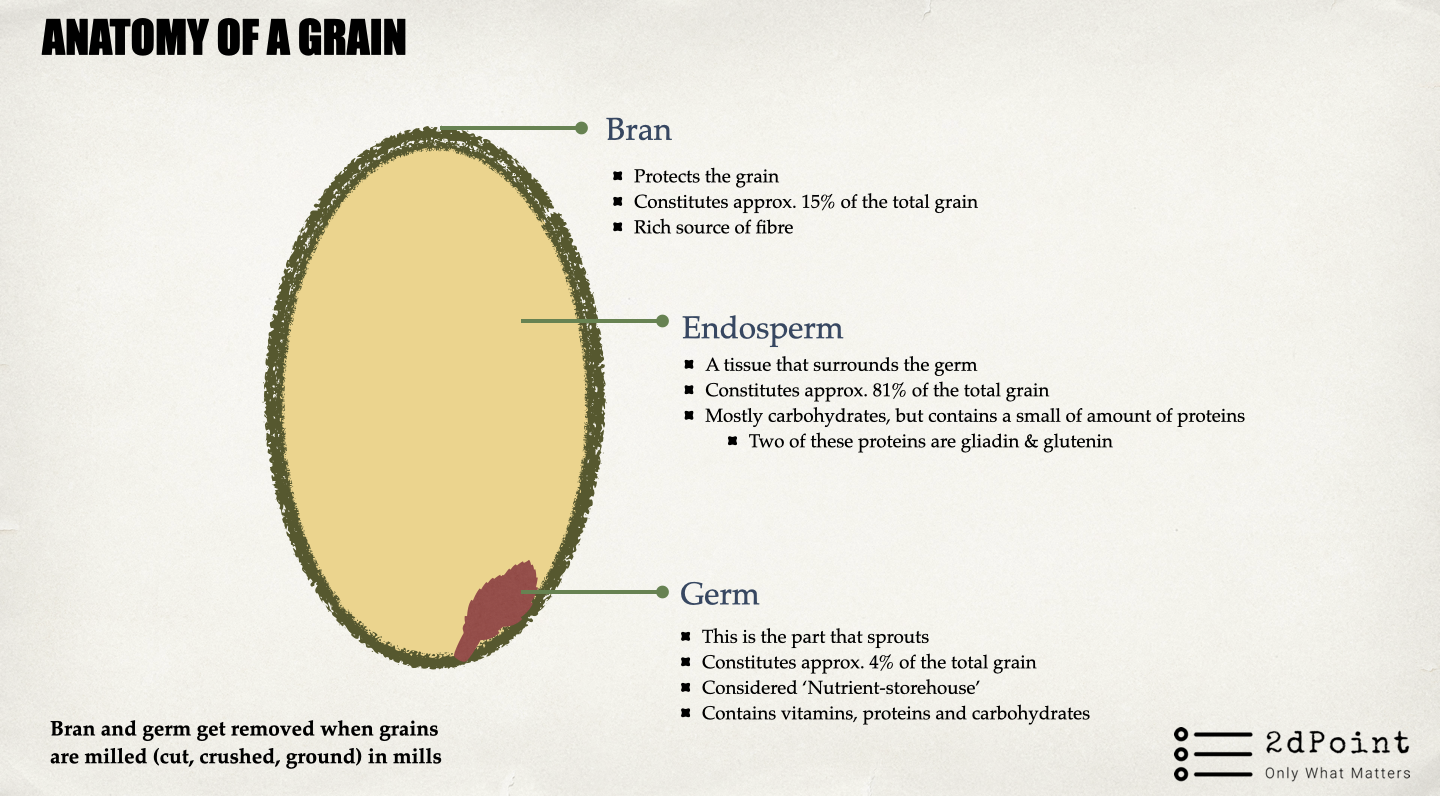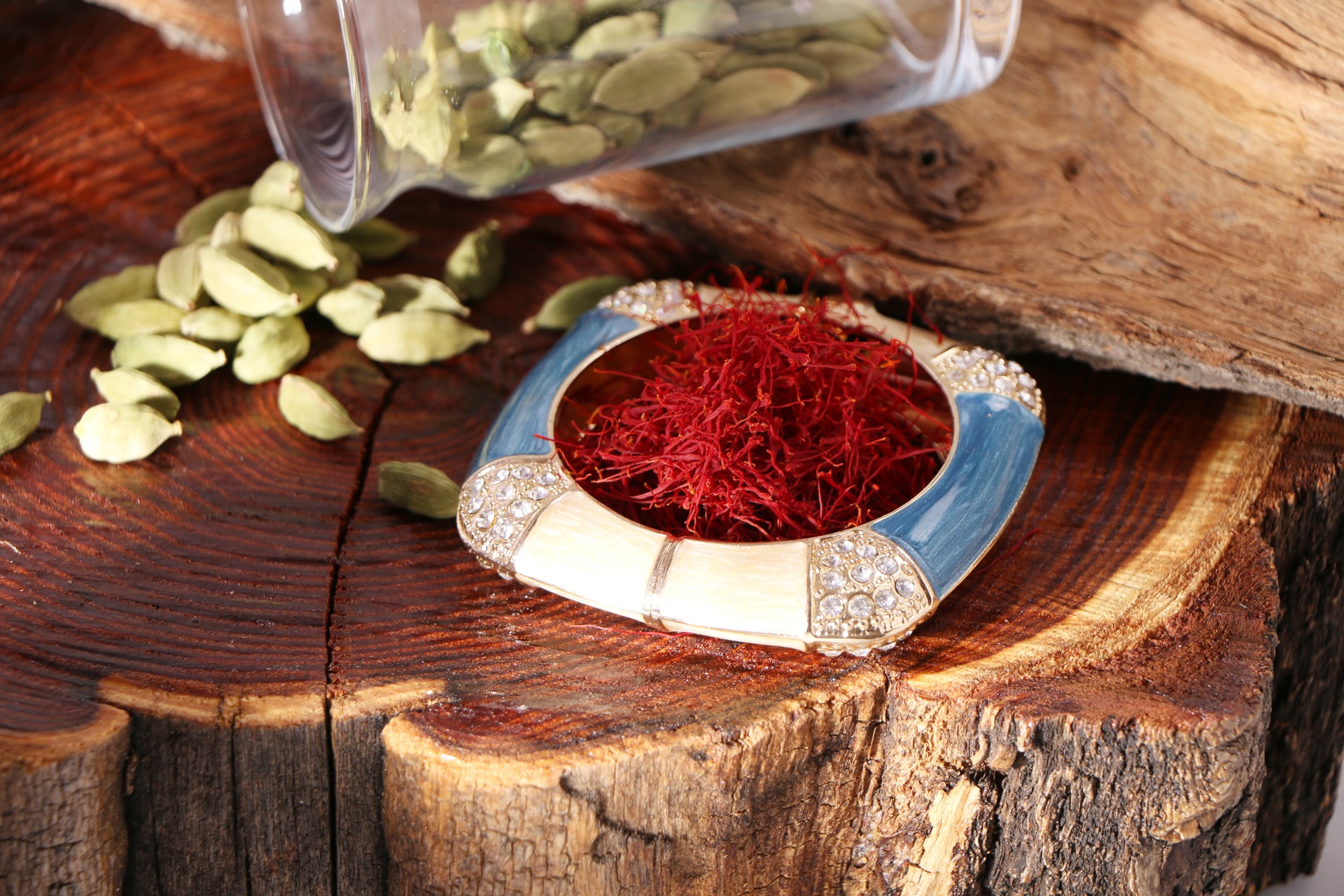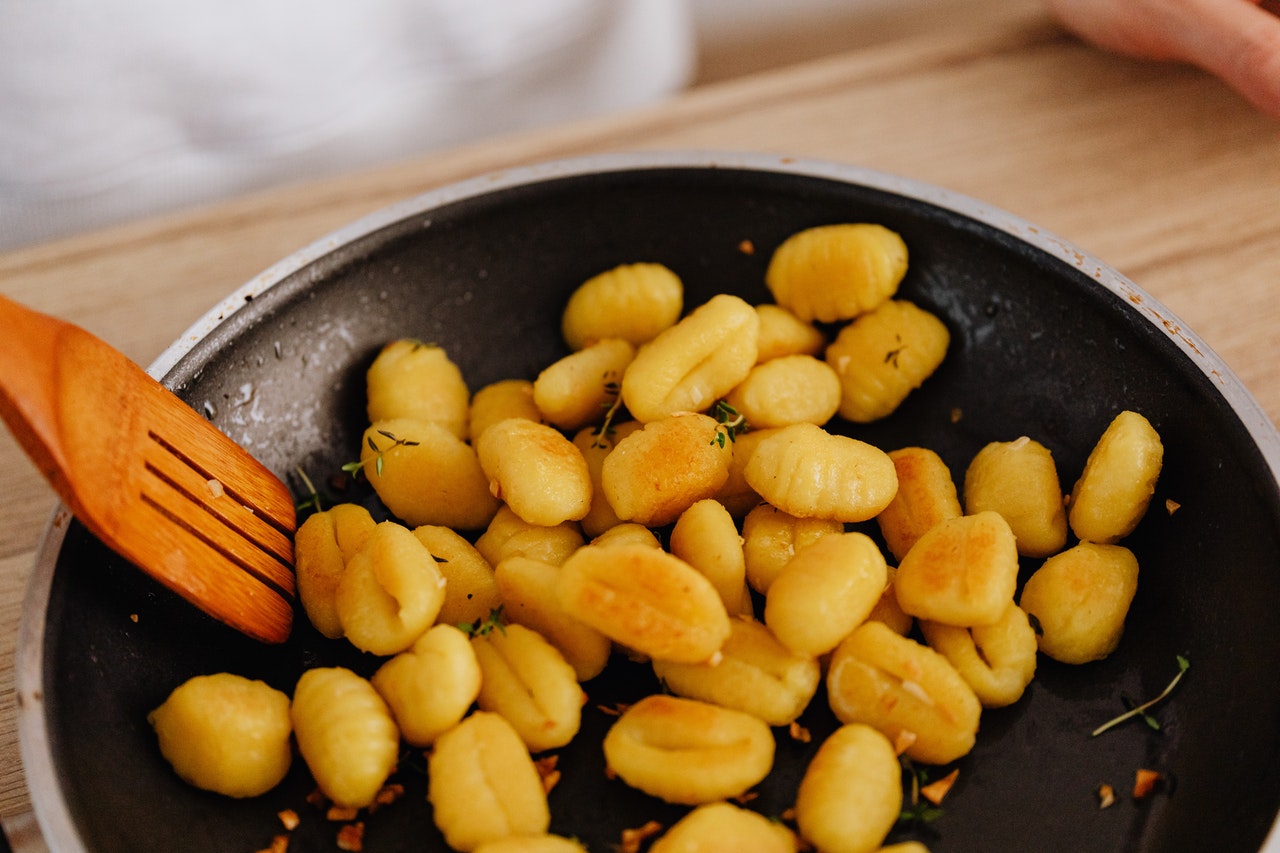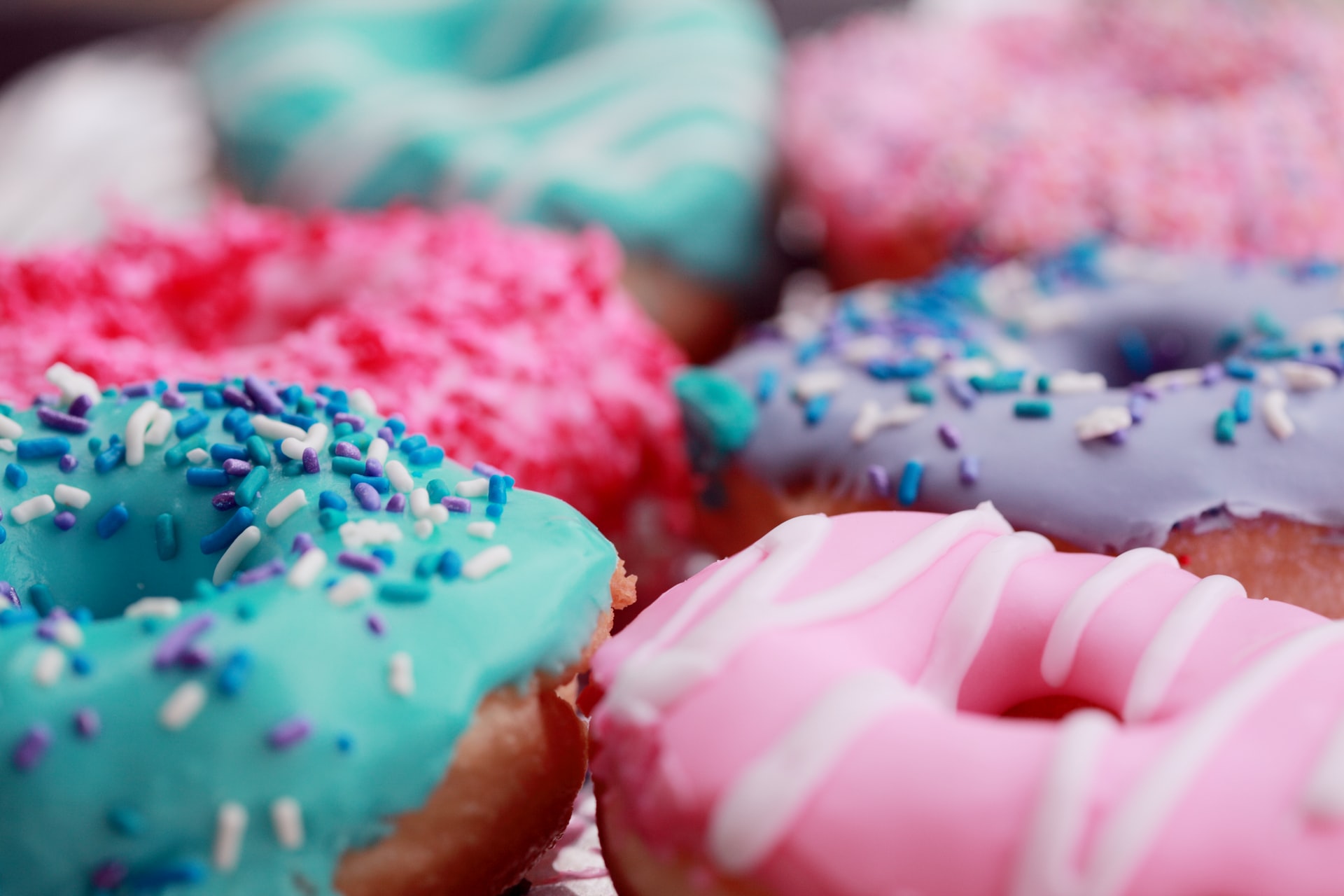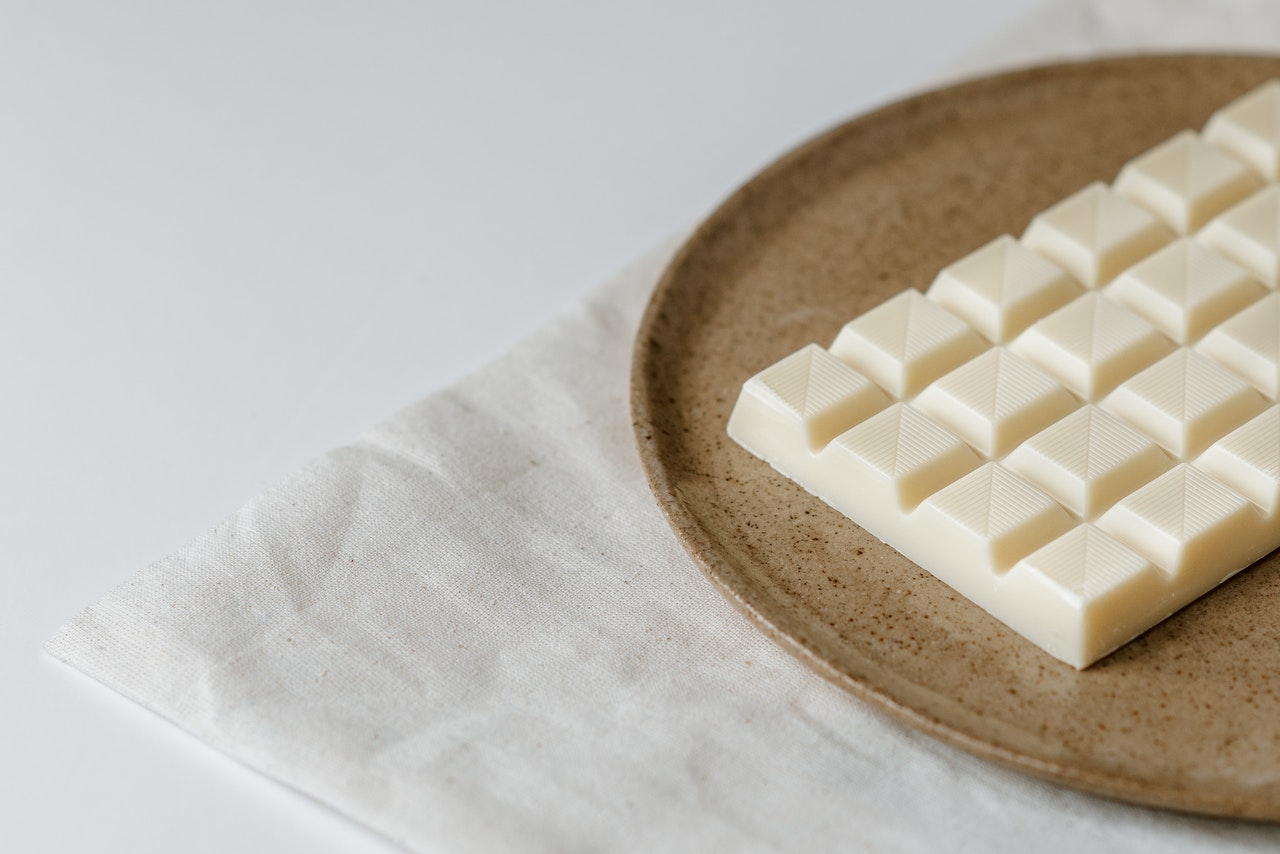Reading Time: 2 minutes
- The first solid chocolate bar was produced in 1847 in England (till then, chocolate was consumed as a drink).
- Then in 1875, the first milk chocolate was produced in Switzerland by mixing milk powder with cocoa.
- Belgium, who was intrigued by these inventions, had access to some of the best cacao plantations from Africa in the 1880s because a good part of Congo (in Africa) was privately owned by King Leopold II of Belgium.
- High-quality cocoa, along with the Belgian-invention of the machine that could grind the cocoa beans extremely thin, gave the country some leverage in the chocolate world in the late 1800s.
- Then in 1894, a law was imposed in Belgium that mandated the use of at least 35% cocoa in all Belgian chocolates to prevent the usage of low-quality fat sources such as palm oil (a typical Cadbury milk chocolate in Europe has about 20% cocoa).
- These low-quality fats are unhealthy, less-chocolaty, have low melting points, and require extra sugar to compensate for the lack of flavor of vegetable fat or oils.
- The 1894 law also mandated that for a chocolate to be called Belgian, it must be refined (finely to 18 microns) and mixed in Belgium.
- In 1898-1903, the import tax on cacao & consumption tax on sugar was reduced significantly, making chocolate affordable to the middle-class consumers.
- However, Belgium got worldwide recognition in 1912, when Jean Neuhaus invented PralineFor the first time the chocolate could be filled with a variety of flavored nougats or creams, such as coffee, hazelnut, fruit, or even more chocolate., a hard chocolate shell with soft or liquid filling inside.
- Then in 1915, Neuhaus also introduced the “ballotin”, a carton praline box, to protect pralines from being damaged and to enhance the “gift” aspect of the buying of chocolate.
- The real turning point came with the discovery, by Octaaf Callebaut, of a method to produce, store and transport couverture chocolate (an intermediary product that is used to make chocolate) in liquid form.
- This new technique eliminated the refrigeration and reheating processes that chocolate makers had to do at their end, thereby, reducing their production costs.
- This also meant that chocolatiers could now focus on their core business – Pralines – while procuring couverture chocolate directly from Callebaut.
- This & the culture of chocolate making has made Belgium the 2nd biggest exporter of chocolates in the world, after Germany, which has a population and GDP 7 times that of Belgium.
- Even today, the vast majority of Belgian chocolate is made by hand in around 15 chocolate factories and more than 2,000 chocolate shops, using very basic equipment.
- However, the supremacy of Belgian chocolates is weakening because of mass imitation and Belgian chocolate companies being taken over by international investors.
All things highlighted in bold explain how & why Belgian chocolates are considered special.
Image courtesy of Jessica Loaiza through Unsplash

